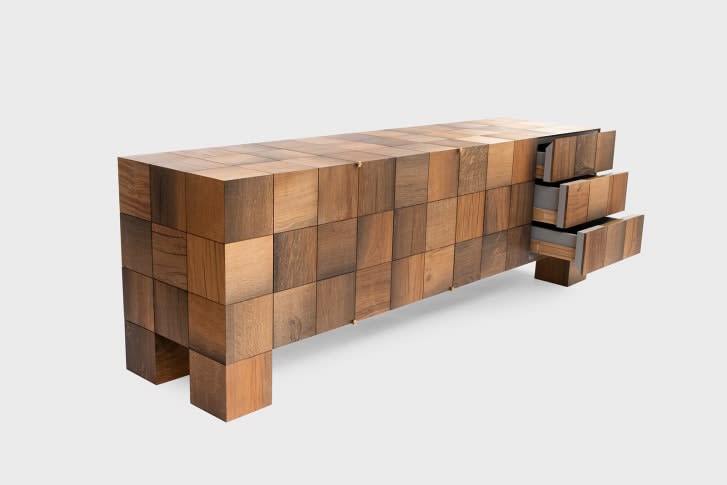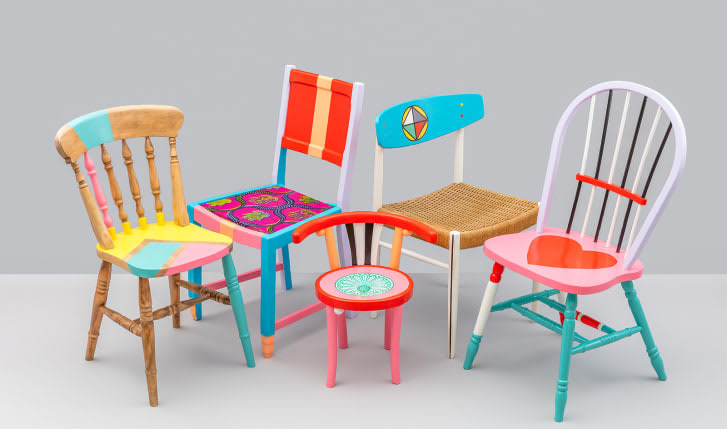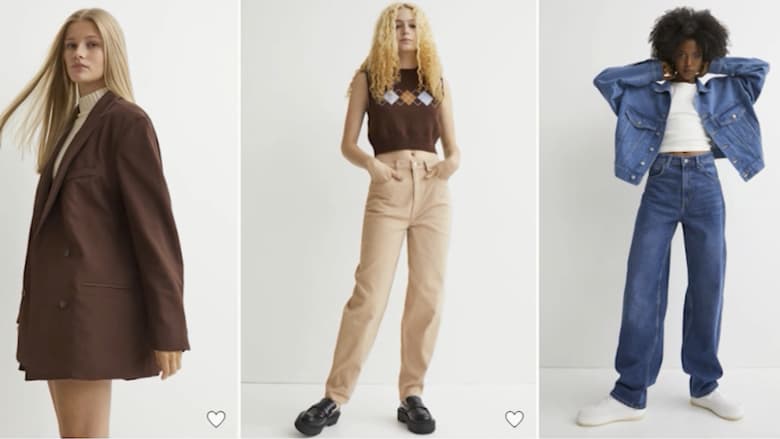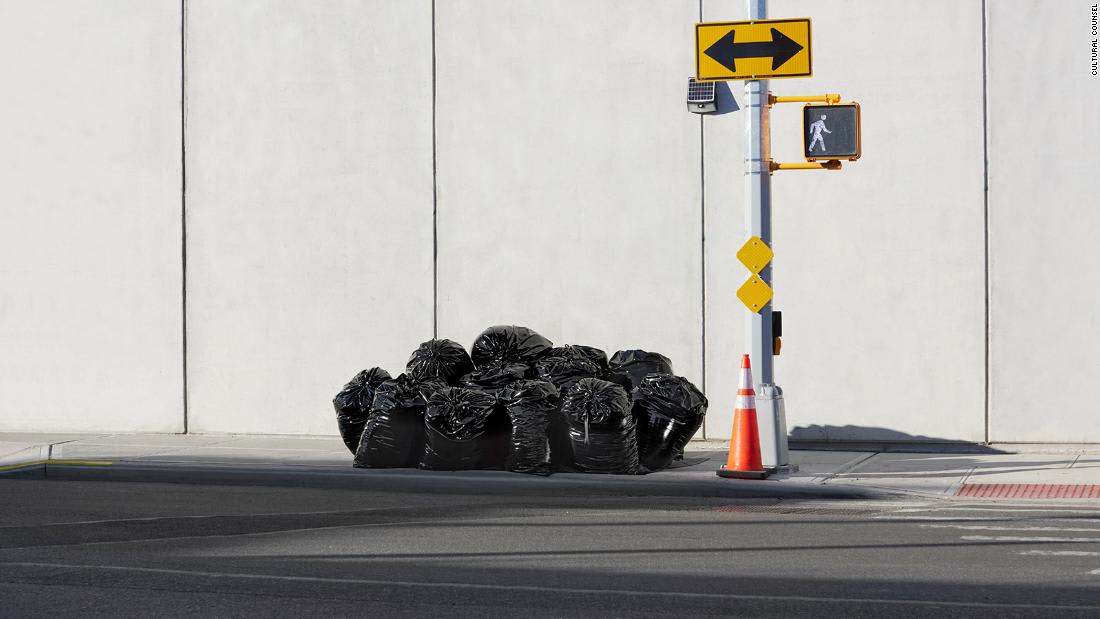دبي، الإمارات العربية المتحدة (CNN)-- صُنّعت أحدث أريكة للمصمم الروسي، هاري نورييف، من كومة من أكياس القمامة.. أمر غريب، أليس كذلك؟
رُفع الستار عن أريكة Trash Bag Sofa مؤخرًا في معرض Design Miami، وهي مستوحاة من القمامة في شوارع نيويورك.
ويبقى هدف نورييف هو لفت الانتباه إلى كيفية استخدامنا للأشياء وإهدارها.
وتعد هذه الفكرة مستوحاة من فكرة قدمها لأول مرة في المعرض نفسه عام 2019، وكانت عبارة عن أريكة مصنوعة من ملابس مهملة.
وبالتالي، يربط هذا المشروع بشكل مباشر ما بين النفايات وصناعة الأثاث.

وقال نورييف في معرض Design Miami، هذا العام، والذي اختتم يوم الأحد: "بدأ الناس في التعامل مع الأثاث مثل الموضة، حيث يمكننا تغيير قراراتنا بسرعة كبيرة، والتنقل وشراء أغراض جديدة".
وفي حين أن هناك وعيًا متزايدًا لدى المستهلك حول التأثير البيئي للموضة السريعة، فهل يمكن قول الشيء نفسه عن "الأثاث السريع"؟
يتم تصنيع الكراسي والطاولات التي تملأ العديد من منازلنا والمساحات اليومية على نطاق واسع، وغالبًا ما ينتهي الأمر بالأشياء الأرخص ثمناً في مكب النفايات.
ووفقًا لوكالة حماية البيئة (EPA)، ألقى الأمريكيون أكثر من 12 مليون طن من الأثاث والمفروشات في عام 2018، وانتهى الأمر بأكثر من 80٪ منها في مكب النفايات. أضف إلى ذلك انبعاثات الكربون الناتجة عن التصنيع والشحن.

يلجأ كثيرون إلى العلامات التجارية الأرخص ثمنًا، مثل IKEA أو Wayfair.. ولكن، كيف يؤثر ذلك على كوكبنا؟
غالبًا ما يستخدم مصنعو الأثاث مواد أرخص لكنها أقل قوة، مثل التي تكون أكثر عرضة للتلف وأصعب في إعادة التدوير.
وعندما لا يكون الأثاث مصممًا ليدوم طويلاً أو لإعادة التدوير، فمن المرجح أن ينتهي به الأمر في مكب النفايات.
ومع الدعوات المتزايدة للاستدامة، تعلن العلامات التجارية التي تصنع أثاثًا "سريعًا" عن جهود للتغيير، رغم أن تأثير هذه التعهدات لا يزال غير واضح.

وفي استراتيجيتها الحالية للاستدامة، تلتزم IKEA باستخدام المواد المتجددة أو القابلة لإعادة التدوير فقط في جميع منتجاتها بحلول عام 2030.
وفي عام 2021، أطلقت الشركة مخطط "إعادة الشراء وإعادة البيع"، الذي يمكن من خلاله إعادة القطع غير المرغوب فيها من أثاث IKEA المستعمل، وتحديثه، وإعطائه حياة ثانية.
ومع ذلك، يمكن أن تأتي عملية إعادة تدوير بعض المواد مع انبعاثات كربونية كبيرة، وهي تعتمد على النفايات في البداية.
وقال المصمم الهولندي، بيت هاين إيك، وهو معروف بصناعة الأثاث من مواد مستعملة، عبر مكالمة فيديو: "غالبًا ما نركز على الأعراض وليس على الحلول".
وفي معرض Design Miami، يعرض إيك خزانة مصنوعة من بقايا الأخشاب، قائلًا: "أحاول أن أكون فعّالاً قدر الإمكان فيما يقدمه العالم لي".
ويعتقد إيك أنه يجب تقدير جمال بقايا الخشب، مضيفًا: "إذا دخل شخص إلى ساحة من الخشب، وهو لا يحترم المواد، فلن يدرك جودتها".
وإلى جانب عدد لا يحصى من الأسواق للمنتجات القديمة أو المستعملة، هناك أيضًا مصممون يستعيدون العناصر القديمة ويعيدون استخدامها.
وفي عام 2017، تعاون المصمم والفنان المقيم في لندن، ينكا إيلوري، مع شركة Social Enterprise Restoration Station لإصلاح وإعادة تدوير الكراسي المستعملة إلى قطع جديدة مشرقة وملونة.
وأوضح إيلوري عبر البريد الإلكتروني: "من خلال إعادة التدوير، يمكنك إنشاء قطعة فريدة لها قصتها الخاصة.. هناك طبقات من المعنى والتاريخ وسوف تقدّر هذه القطعة".





